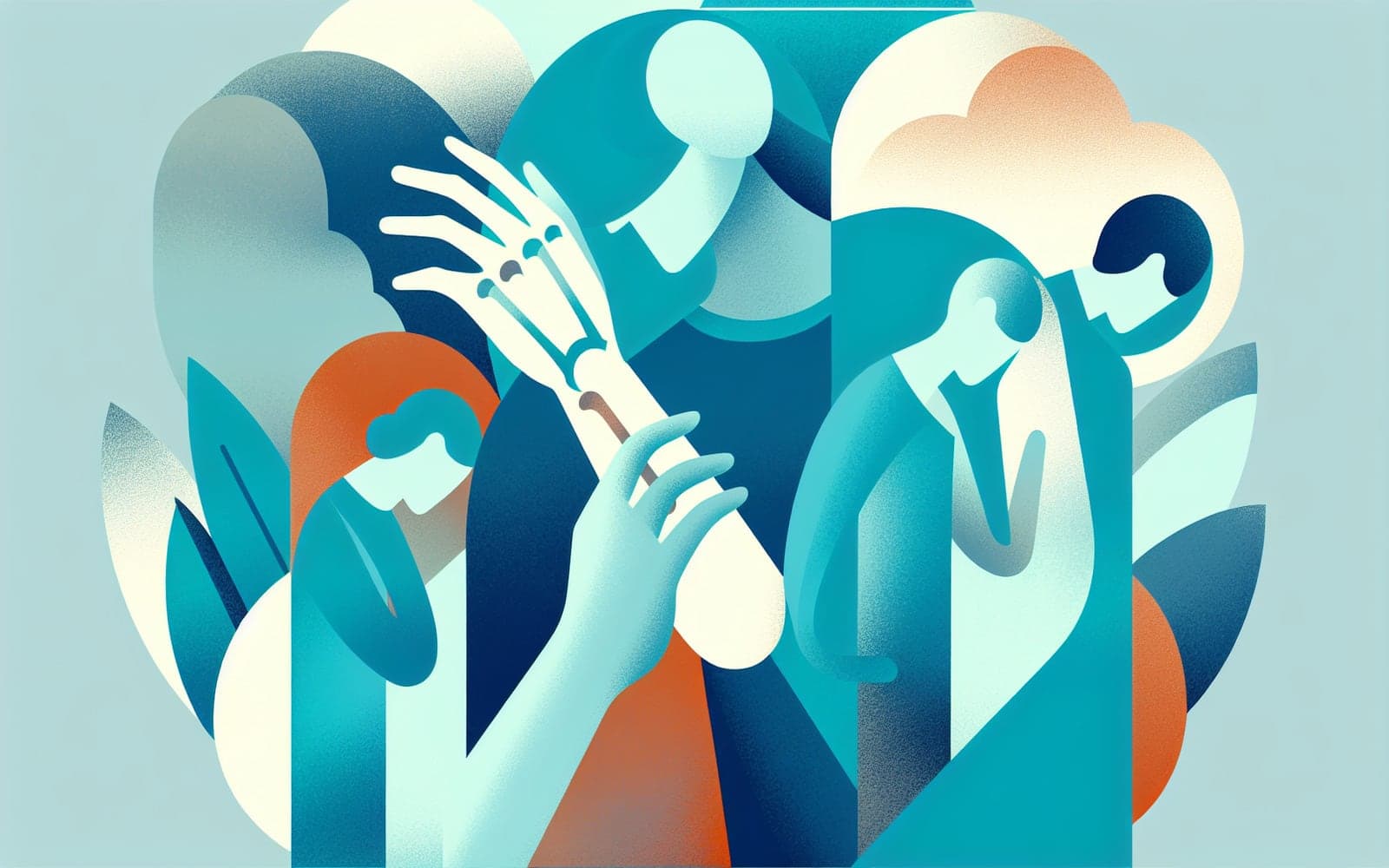Elbow Tendinopathy: Are You at Risk?
Published: May 12, 2024
Elbow tendinopathy, commonly known as tennis or golfer's elbow, is a painful condition affecting many athletes and manual laborers. Understanding the risks and symptoms can help in early detection and management.
Contents
Understanding Tennis and Golfer's Elbow
Tennis elbow and golfer's elbow are forms of elbow tendinopathy, which is a condition that causes chronic pain around the elbow joint. Tennis elbow affects the outer part of the elbow, while golfer's elbow affects the inner part. These conditions are often caused by repetitive motions, such as swinging a racquet or using tools, which strain the tendons.
Who Is at Risk?
People who perform repetitive wrist movements or heavy lifting are most at risk for elbow tendinopathy. Athletes, especially tennis players and golfers, as well as manual laborers like carpenters, are particularly vulnerable. Age also plays a role, with those between 45 and 54 being most affected.

Symptoms to Watch For
Common symptoms of elbow tendinopathy include pain and tenderness around the elbow joint, especially during or after activity. The pain may worsen with gripping or lifting objects. If these symptoms persist, it is important to seek medical advice for proper management.
Frequently Asked Questions
Tennis elbow is caused by overuse and repetitive motions of the arm and wrist.
Manual laborers and athletes, particularly those over 45, are at higher risk.
Proper technique and reducing repetitive strain can help prevent it.
It may improve with rest, but professional treatment is often needed.
Key Takeaways
Understanding your risk factors and symptoms can lead to early management and relief from elbow tendinopathy.
Want to learn more about your risk for elbow tendinopathy? Chat with Doctronic now!Related Articles
References
Shiri R, Viikari-Juntura E, Varonen H, Heliövaara M. Prevalence and determinants of lateral and medial epicondylitis: a population study. Am J Epidemiol 2006; 164:1065.
Struijs PA, Kerkhoffs GM, Assendelft WJ, Van Dijk CN. Conservative treatment of lateral epicondylitis: brace versus physical therapy or a combination of both-a randomized clinical trial. Am J Sports Med 2004; 32:462.
Always discuss health information with your healthcare provider.

